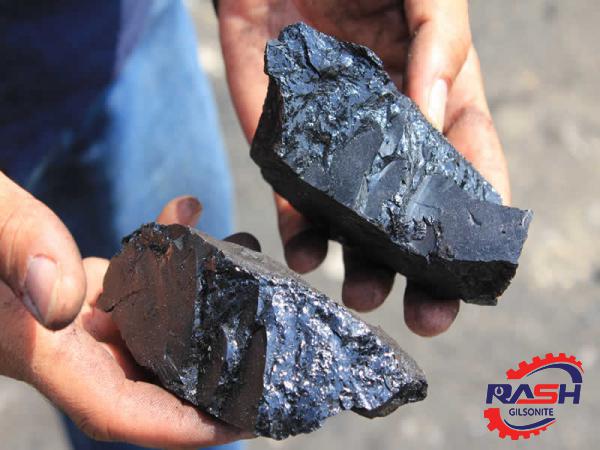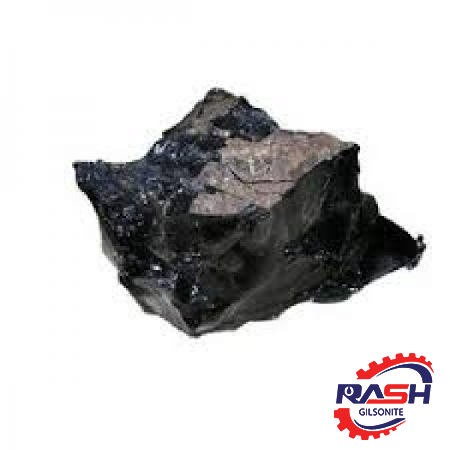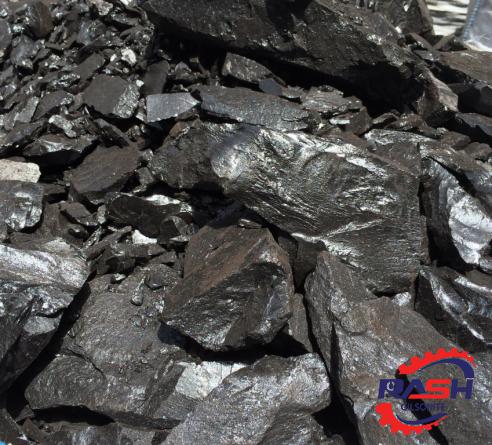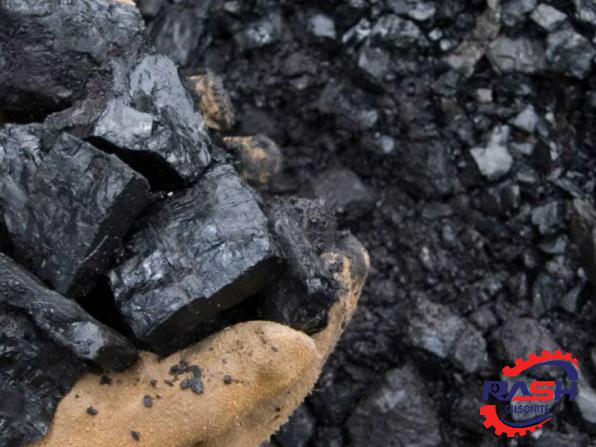There are two types of coal in the world, one is vegetable and the other is oily. From millions of years ago, oil resources gradually came to the surface, dried up and turned into coal or so-called coke, which is scientifically known as gilsonite in oil field. Due to the naturalness and numerous uses of Gilsonite particle sizes in drilling oil wells and its applications in road construction, its sales in the market has flourished today.

How Gilsonite in Oil Field Is Different?
Regarding its difference with refinery bitumen, it should be said that industrial bitumen or refinery bitumen is in fact an oil residue that has a liquid state. Of course, there is also a very hard part, which is called oil coke or oil coal. From the part that is in the form of a very concentrated liquid, called vacuum baton, two products are produced. If the oil is paraffin, due to the presence of high paraffin and low adhesion, bitumen is not made from it and it is directly converted to fuel oil (furnace oil).
But if the percentage of paraffin is low – for example below five percent – or mix it with lighter products such as kerosene or diesel or some kind of refinery waste that does not meet the diesel standard and produce and sell fuel oil, or if with the same vacuum baton some When blown, it turns into bitumen with very small compounds, which is known as industrial bitumen or oil bitumen, and this bitumen is usually converted into different grades, mainly from 70-60 or 100-85 or 100-80 asphalt, which grades Pen (concentration) it is used. But bitumen in mines has almost one characteristic and the amount of gray that is mixed with it, increases its quality up and down. For example, the ash of some bitumens is less than five percent, which is one of the best natural bitumens and reaches below ten, fifteen, twenty, thirty and even below fifty percent, respectively, that the more ash mixed with it, the lower the quality of bitumen. More important is the separation, which is a difficult step and usually lowers the quality and price of the bitumen.
How Gilsonite Used in Drilling Mud Fluids and Oil Well Cementing?
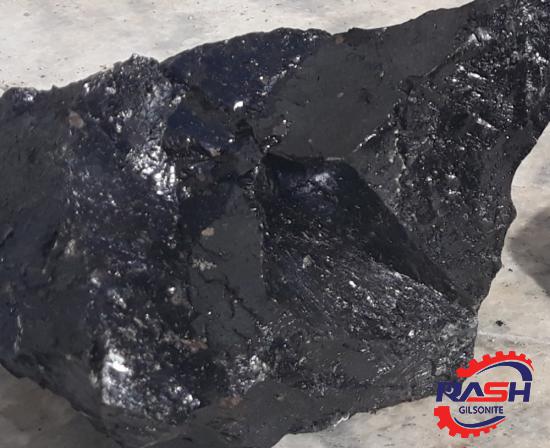 The bonding, adhesion, and filler properties of gilsonite prevent structural damage. By creating a physical and chemical bond with the porous formations, Gilsonite provides an effective coating that prevents drilling fluid-loss gilsonite from penetrating into the cracks. Gilsonite’s economic efficiency is due to the use of less additives for various applications such as drilling muds. As the only factor with the simultaneous function of ductility and sealing, the effect of Gilsonite on drilling mud can be mentioned that Gilsonite prevents wastage and leakage of fluid, prevents wastage of gilsonite drilling mud additive rotation in the well and shale surfaces. Reactive and low reaction, protects even when the well temperature rises.
The bonding, adhesion, and filler properties of gilsonite prevent structural damage. By creating a physical and chemical bond with the porous formations, Gilsonite provides an effective coating that prevents drilling fluid-loss gilsonite from penetrating into the cracks. Gilsonite’s economic efficiency is due to the use of less additives for various applications such as drilling muds. As the only factor with the simultaneous function of ductility and sealing, the effect of Gilsonite on drilling mud can be mentioned that Gilsonite prevents wastage and leakage of fluid, prevents wastage of gilsonite drilling mud additive rotation in the well and shale surfaces. Reactive and low reaction, protects even when the well temperature rises.
Why Gilsonite in Oil Field Production Price Changes in Winter
Spring and summer, which is the production season, are usually the best time to buy Gilsonite; Because the mines are full of rain and snow in autumn and winter, and as a result, the work stops and its price increases; That’s why accepting an order for a miner is a bit risky. One of the seasons in which this product thrives is summer. Because in the summer, manufacturers of isogum will need bitumen to insulate the roof of houses, and therefore sales of Gilsonite will increase at this time.
Also, companies that have mines offer cheaper prices to the customer. For this reason, it is usually suggested to the company that buys Gilsonite to contact the miners directly; Because the best way to buy and sell Gilsonate is to contact companies that own the mine. Leading companies in the field of sales of Gilsonite, provided the bulk purchase of this product for customers.You can also find out the price by visiting our online website and make your purchase.

